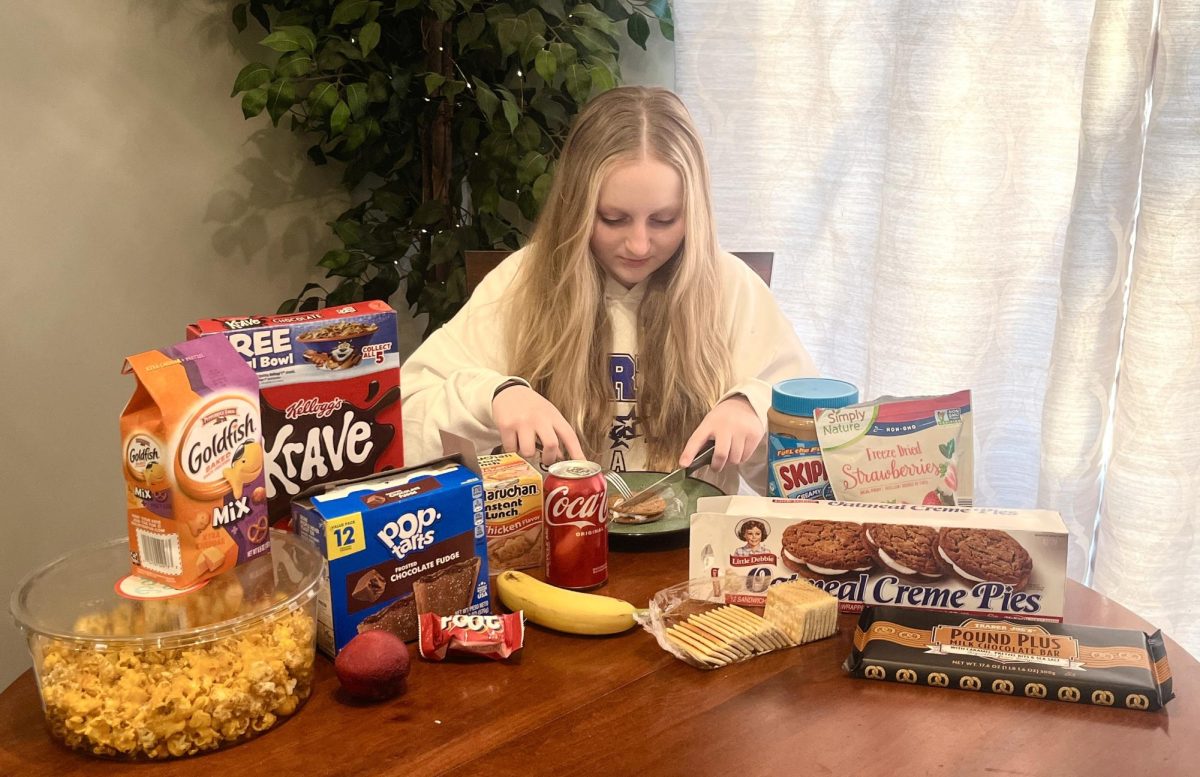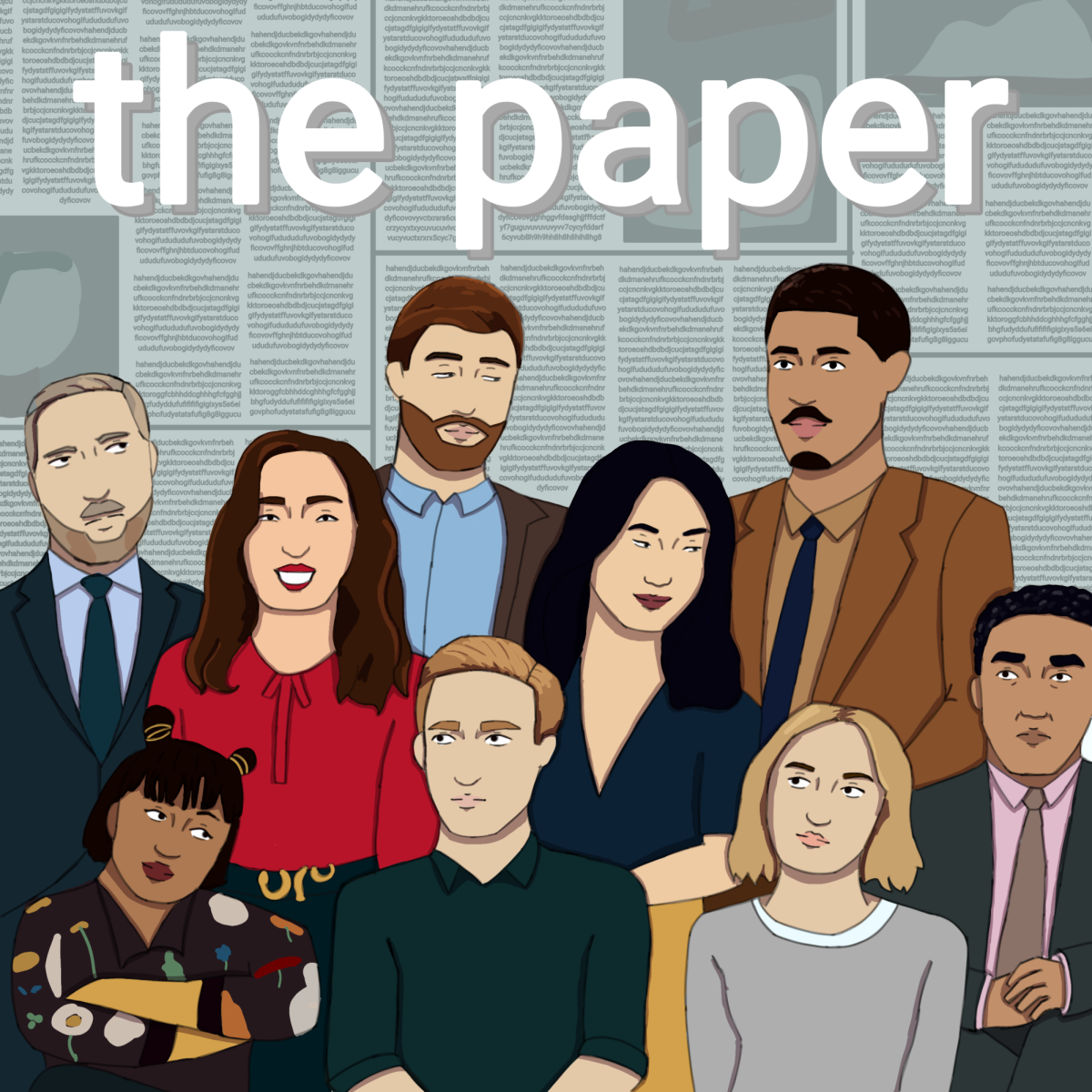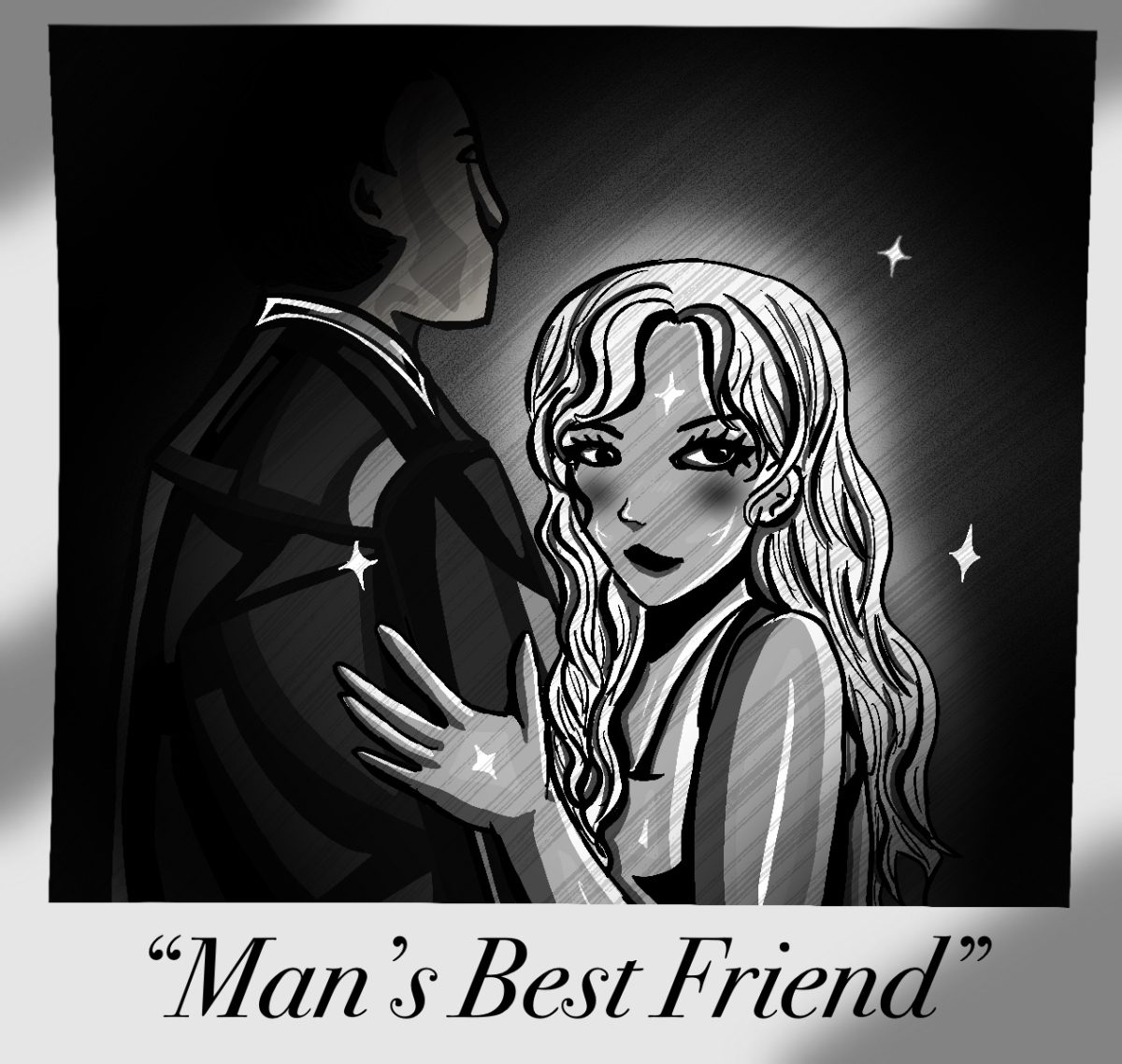This article was part of Stargazer’s March 28, 2025 satire print issue. Satire serves as an ironic or sarcastic commentary to draw attention to current issues and events. While quite humorous, stylistically competent, and perhaps based on real events, the stories in this issue are false.
In 1969, Eric Carle published his famed children’s book, “The Very Hungry Caterpillar.” The book follows the journey of a caterpillar, from the moment he hatches to when he emerges from his cocoon as a beautiful butterfly. Throughout his journey, he eats many different foods to sustain himself. It is a sweet, innocent book to read to your children, right? Wrong. It is a surefire way to teach children terrible nutrition.
The book starts tame and simple: The caterpillar is still in his egg, lying on a leaf. When he hatches, he is quite hungry, so he goes to find some food. At this point in the book, there are not any problems. He first eats through an apple. A strong start, he continues the next couple of days, eating through two pears one day and three plums the next. However, at this point, the caterpillar is still complaining he is hungry. I mean, come on dude. You are tiny, you cannot possibly still be hungry! But alas, he is, because the next day he eats through four strawberries, and the day after, he eats through a whopping five oranges.
Now, Carle could have redeemed himself at this point in the book. He could have shown the caterpillar learning that he should eat some carbs and protein to stay full and balance his diet. Unfortunately, Carle did not take that route. Instead, the caterpillar spends the next day eating an enormous amount of food for his tiny body. He eats, wait for it, “one piece of chocolate cake, one ice-cream cone, one pickle, one slice of Swiss cheese, one slice of salami, one lollipop, one slice of cherry pie, one sausage, one cupcake, and one slice of watermelon.”
This diet confuses many young readers. Children are growing up learning that any random array of food is a good, balanced meal as long as they feel full when they are done. After all, that is what the caterpillar taught them. The average meal of a child who hasn’t read the book is extremely balanced, consisting of fruit, vegetables, protein, fats and carbs. However, the average meal of a child who has read the book is extremely unhealthy, usually consisting of foods such as Pop- Tarts, candy bars, soda, instant noodles, cake, ice cream and occasionally fruit. On average, 98.73% of these children have a fiber deficiency, vitamin C deficiency or both. They survive off of Little Debbie’s and sugar. All of these consequences are exclusively due to “The Very Hungry Caterpillar.”
Overall, this children’s book is a terrible example to children, and it should be banned from all libraries and bookstores. Parents, leave this book on the shelf unless you want to be purchasing exclusively Little Debbie’s snacks for your children. You have been warned.










Shari Knarr • Mar 29, 2025 at 3:05 pm
Thanks for your satire piece. It was well-written. I’d agree with you on the movie, Elf, but I have never seen that realistic summation about nutrition.
Great angle. Shari Knarr